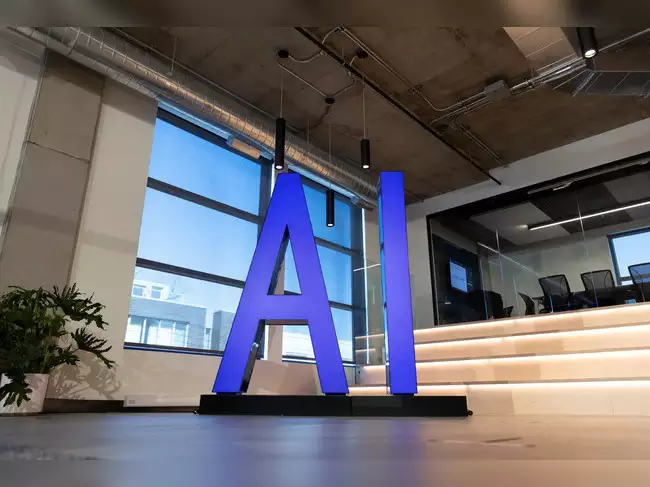How AI is Revolutionizing Computer Infrastructure: The New Era of Data Centers

The rapid advancement of artificial intelligence (AI) is reshaping the global computing landscape. It is driving an unprecedented demand for specialized hardware, energy, and infrastructure. Tech giants like OpenAI, Google, and Meta are investing hundreds of billions into next-generation data centers. This investment fundamentally alters how computers are built. It changes how they are powered and cooled.
This seismic shift is fueled by the AI boom. It has triggered a race for more powerful chips, massive energy resources, and innovative cooling solutions. This shift raises critical questions about sustainability and economic impact.
The New AI Data Center Arms Race
Tech companies are pouring billions into specialized facilities filled with graphics processing units (GPUs). These silicon chips have become AI’s workhorse. What began as components for video games now power the world’s most advanced AI systems, with demand far outstripping supply.
“These aren’t your grandfather’s data centers,” said Rachel Peterson, Meta’s VP of Data Centers. “We’re building what amounts to single, building-sized supercomputers where every component works in perfect synchronization.”
The scale of investment is staggering:
- OpenAI plans $100 billion in new data centers, starting with a Texas mega-campus
- Meta incurred $4.2 billion in restructuring costs to redesign facilities for AI
- Amazon, Microsoft and Google parent Alphabet will spend $320 billion this year alone
Energy Crisis Looms as Power Demands Skyrocket
The AI revolution comes with an enormous energy price tag. According to a Department of Energy report:
- Data centers now consume 4.4% of U.S. electricity
- Consumption could triple by 2028
- OpenAI’s planned facilities may use more power than 3 million homes
With traditional power grids overwhelmed, companies are exploring radical solutions:
- Microsoft is restarting Pennsylvania’s Three Mile Island nuclear plant
- Google and Amazon are investing in next-generation nuclear reactors
- Elon Musk’s xAI installed gas turbines at a new Tennessee data center
“The conversation has completely changed,” noted David Katz of Radical Ventures. “It’s no longer about getting chips – it’s about finding enough electricity to run them.”
Cooling the AI Inferno
The intense heat generated by densely packed AI chips has forced a revolution in cooling technology:
- Google now pumps chemically-treated water directly alongside chips in Oklahoma facilities
- Meta’s Utah data centers use evaporative cooling towers that consumed 6.1 billion gallons in 2023
- Some operators are turning to massive chillers that use less water but more power
These solutions come with environmental tradeoffs. These tradeoffs are sparking local opposition in communities from Virginia to Louisiana. Residents worry about strained water supplies and energy grids.
The Road Ahead
Some question whether this breakneck expansion is sustainable. This is especially true after Chinese firm DeepSeek demonstrated powerful AI with fewer chips. However, industry leaders remain committed to scaling up.
“This is the defining infrastructure challenge of our time,” said Google CEO Sundar Pichai. “What we thought would take a decade is happening in two years.”
The AI boom continues to reshape global computing infrastructure. One thing is certain: the machines powering artificial intelligence will look nothing like the computers of the past.





